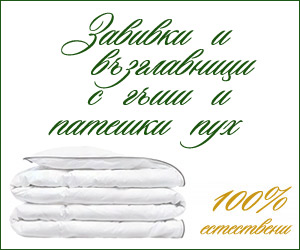KING COTTON OR THE LEADERSHIP OF ONE MATERIAL
If it exist a chart for the most using materials in the textile industry, undoubtedly the cotton will be the leader. In world scale the production of this material presents at about 40% from the general volume of all of the produced textiles. USA and Africa are the biggest exporters, and China – the biggest importer of cotton. In 19 and 20 century even appears the byword “King Cotton” because of his huge importance for the world economics.
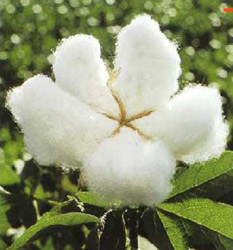
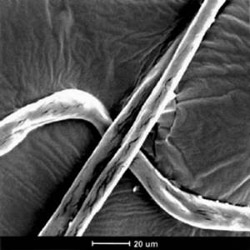
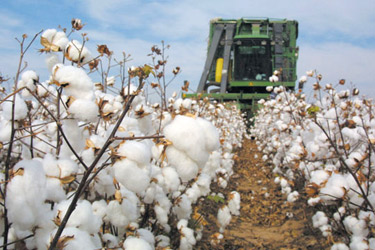
The cotton is the most valuable fible culture, because almost the whole part of the foetus (the capsule) is used:
- from the fibre are made threads and textiles, it serves for making of canvas, straps, artificial silk, filters, coils for electro motors;
- from the moss that covers the seeds are made more than 30 products;
- from the seeds is extracted oil that is semi-dry and serves for the making of soaps and for other technical objectives, and obtained through cold pressing it could be used for food. Also from the seeds are obtained proteins with a composition, close to the lactic, that are successfully used for food for the children.
- the caulis could be remade and they serve as energic source;
- the cotton cake after the remaking of the seeds is with very good forage value.
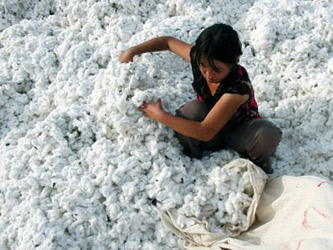 The cotton not without reason is a leader in the textile industry, despite the increased production of artificial textiles. Reasons for this are some of its qualities — it regulates the warmth of the body, it doesn’t provoke allergies etc
The cotton not without reason is a leader in the textile industry, despite the increased production of artificial textiles. Reasons for this are some of its qualities — it regulates the warmth of the body, it doesn’t provoke allergies etc
Information for the using of cotton are discovered in Pakistan and dates as far back as 6000 B.C., although the scientist still haven’t proofs if the threads are from cultivated or from wild plant. The cotton is well-known to the Egyptians although the linen is the preferable material for them. The famous Greek historian Herodotus writes in his works for the Indian cotton.
In the Middle Ages the cotton starts to be imported in North Europe, but for it there is no fact known except that it is a plant. In 18 century the British invasion in India is the determinant moment, when this material transforms in the leader of the textile industry.
 The production of cotton count on chemicals like manure and insecticides, and a little farmers direct to an organic model of production.
The production of cotton count on chemicals like manure and insecticides, and a little farmers direct to an organic model of production.
In Bulgaria the cotton starts to be cultivated after the coming of the Slavs, but the culture receives dissemination in the middle of 19 century, when it starts to be imported from Tsarigrad.
Source: Wikipedia
Photos:
www.geocities.com,
oklahoma4h.okstate.edu,
thethoughtfuldresser.blogspot.com,
www.itswild.org
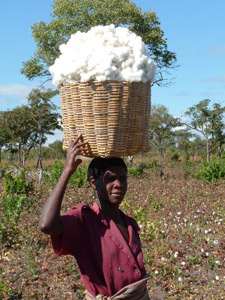
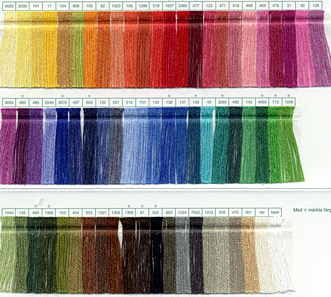
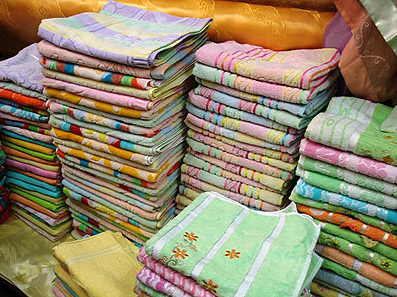
Read: 3605 times © Fashion Lifestyle Magazine, issue 11, June 2008
MORE PUBLICATIONS:ISSUE 6: Care for clothes
ISSUE 4: ORGANZA AND ORGANDY – FIND THE DIFFERENCE





